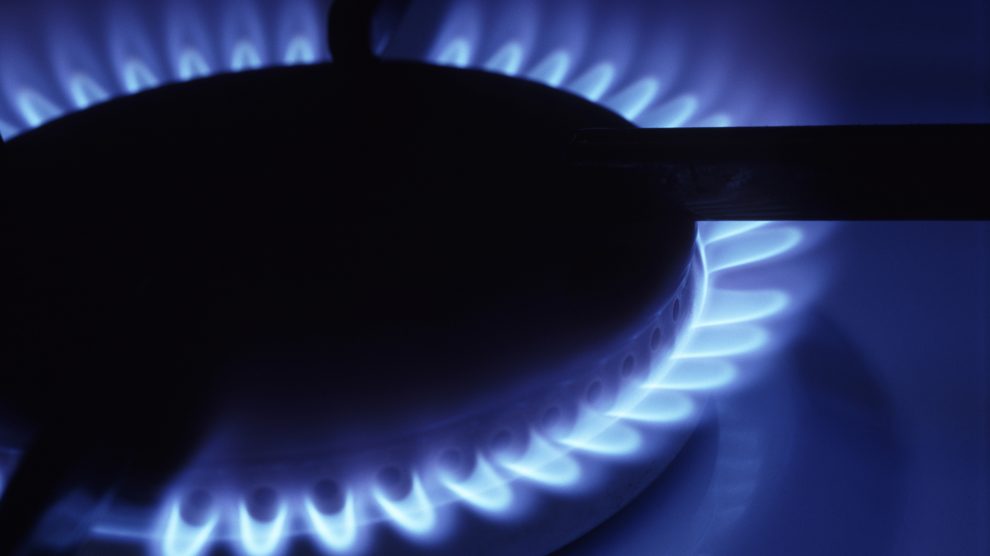It’s hard to find words to describe the crisis that has hit Europe’s energy system, with gas prices going from a minimum of €6 per megawatt hour in May 2021 to over €170 per MWh in mid-September 2021.
Electricity prices inevitably followed gas prices, given that gas – especially in Italy – is the resource to turn to when in need of more energy. Gas prices have gone from lows of €22 per MWh in May 2020, to peaks of over 180 on the 15th of September 2021.
Any market with similar fluctuations has serious problems; it’s also a striking testimony to all the complexity engendered by the rebound from the pandemic-wrought economic collapse, a problem – cold comfort – that is affecting many other sectors, such as semiconductors, wood, copper, ship and truck logistics.
In Europe, however, energy is becoming the most serious issue. Roberto Cingolani, Italy’s Minister of the Ecological Transition, recently announced that energy tariffs would climb as much as 40%.
In the following days, things got even worse; the expected increase will even exceed 50% and will force the government to perform an extraordinary intervention, one much more intense than that adopted in July 2021, when the potential increase of 20% was limited to 9.9% for electricity and 15% for gas.
The rates, by definition, are stable and normally have limited variations at a maximum of around 3-5%. Lately, however, we have been wandering in double digits territory: this also indicates that the system has jammed.
The impact on inflation will be painful, the rate will rise well over 3% against the current 2%, creating the usual frenzy on the markets. Compared to the 3% of the rest of Europe, or the 5% of the United States, it does not seem a particularly serious problem; but Italy has the largest debt burden, and any upwards change in interest rates means greater spending.
If nothing else, we can hope that the causes of the current crisis are only temporary and that things can go back to normal after the winter, where we can glimpse a gas shortage. However, some of the causes behind the current rise are not exactly cyclical, starting with the sharp rise in CO2 prices, which amount to a fifth of the recent increases.
Its price, which went from an average €25 per permit in 2020 to €61 today, is destined to keep climbing, given the EU’s borderline unrealistic commitments to the fateful target of slashing 55% of emissions by 2030.
Of course, the low gas stocks as of September 2021 – on the eve of winter, when gas becomes fuel to heat us – are due to the very harsh climate which unusually lasted until last May. Their failure to reconstitute, however, is due to reduced supplies from Russia and Norway, who manifest more frequent technical difficulties that could suggest the obsolescence of the structures, which might mean reduced flows in the future, too.
Then again, all the liquefied natural gas (LNG) exported from the United States is going to Asia, where demand has boomed due to the end of the pandemic, but also because coal – the fuel that should have been long gone – more than tripled in price, because demand is not covered. That Asian demand will continue to absorb all available LNG in the future is beyond question.
What should be emphasized in the meantime is that Europe is giving up its internal production, in particular in Holland, where the large field in Groningen has been closed, and in Italy, where the reserves are enormous and production, instead, is in sharp decline.
Finally, there is the continuous escape from reality through the belief that renewable sources can replace fossils, and even gas, within a few months, in all sectors – from heating, to transport, to industry. Best not to overlook the 2021 crisis, so that we all may return to greater realism.




